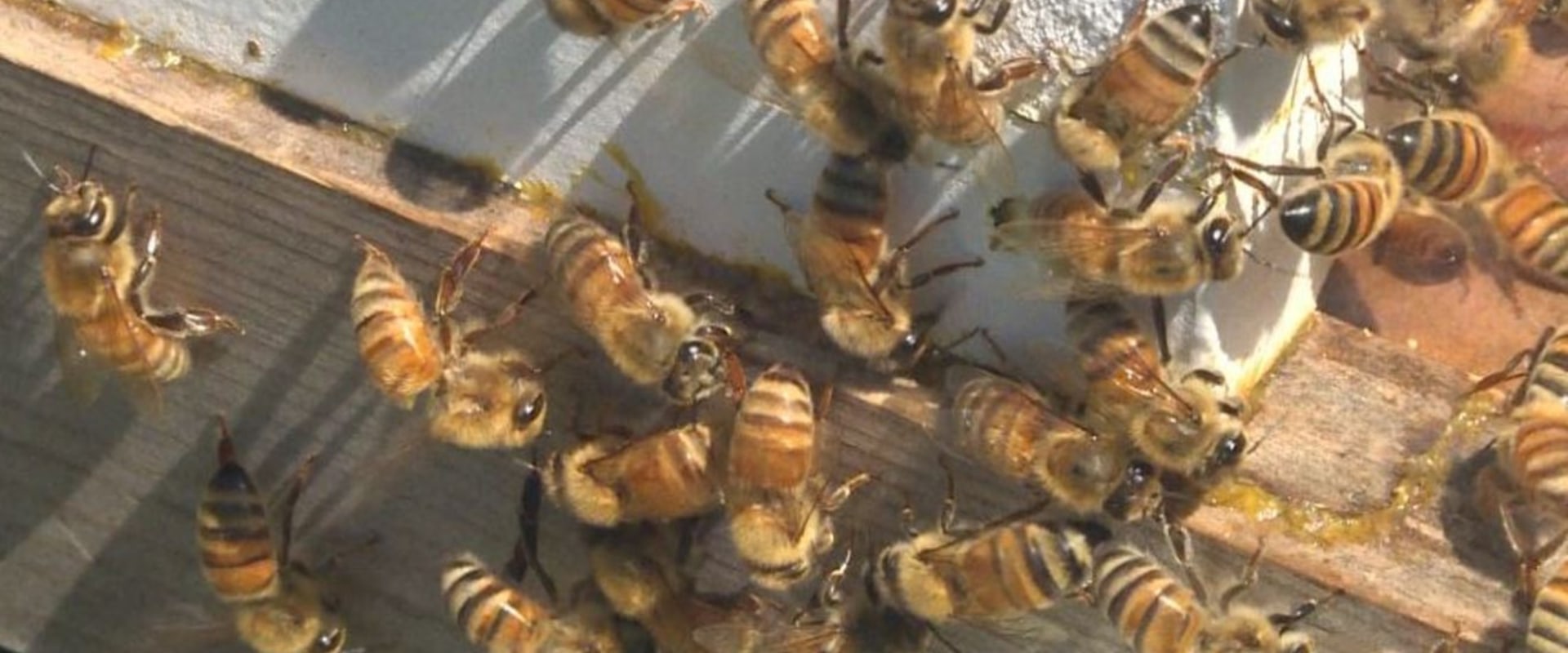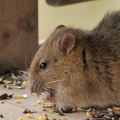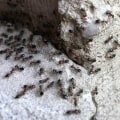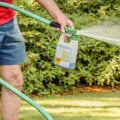Yes, pesticides harm the reproductive capacity of bees, contributing to the death of the population. They kill bees in a slow process for longer periods of time, affecting the reproduction rates of entire colonies. The impacts of pesticides on bees and other wildlife are extensive. When caring for this type of lawn, herbicides and insecticides are usually used to eliminate weeds and pest insects.
Pollinators, especially bees, are very susceptible to these chemicals and you'll need to take precautions to avoid exposing them. Any spray that falls on blossoming weeds, such as clover, will ultimately end up in a bee's diet. Cut flowers from weeds before applying pesticide or, if possible, apply at an appropriate time when weeds are not blooming. In the case of larvae, the treatment period is from late May to mid-August.
This is one of the recommendations offered by a group of researchers who studied the impact that urban lawn care practices have on pollinators. No, Big Ag didn't kill my bees. Most likely, it was a person who sprayed a blossoming tree. Many people spray when they see any kind of insect, even if they don't recognize it.
Others spray to prevent stings or bites. Meanwhile, a honey bee looking for food returned to its hive and reported a rich cache of nectar. On his instructions, his nesting companions gathered on the spot, and by the end of the day, they were all dead. They were executed by someone not unlike you and me.
They were condemned by a person who did what he thought was right, using a product with a label too confusing to decipher it. I honestly don't blame the individual. Instead, I blame a society that encourages short-sighted thinking and devalues the natural world. Neonicotinoid pesticide users should be aware of risks to bees.
Bees can come into contact with these insecticides through direct exposure during spraying, as residues on foliage and other surfaces, and as contaminants in nectar and pollen. There are several ways insecticides can kill honey bees. One is the direct contact of the insecticide with the bee while it is in the field. The bee dies immediately and does not return to the hive.
In this case, the queen, brood and wet nurse are not contaminated and the colony survives. The second most deadly way is when the bee comes into contact with an insecticide and transports it back to the colony, either in the form of contaminated pollen or nectar or in its body. If the weeds are blooming, use one of the products that do not harm the bees, or mow the lawn short enough to remove all the flowers before spraying liquid or spreading granular products for larval control. Many chemical insecticides used to control insect pests in lawns, landscapes and gardens are very toxic to bees, so they take precautions on the label not to apply them to plants that are in bloom when bees may be present.
We conducted a study to determine how lawn care providers can reduce insecticide hazards for bees when treating lawns to control worms. Because lawn care providers use these insecticides to control larvae and other lawn pests, they must understand the problem and be able to assure customers that their services are not contributing to the problem. If grass is sprayed after that time, there will be very little imidacloprid or clothianidin in the soil the following spring, either by eliminating or minimizing damage to pollinators by larval control practices. They offer a variety of services to homeowners ranging from lawn fertilization to weed control and tree maintenance.
Larson, who said he doesn't treat his own lawn with pesticides, said many Americans aren't satisfied until his lawn looks like a golf course. .







